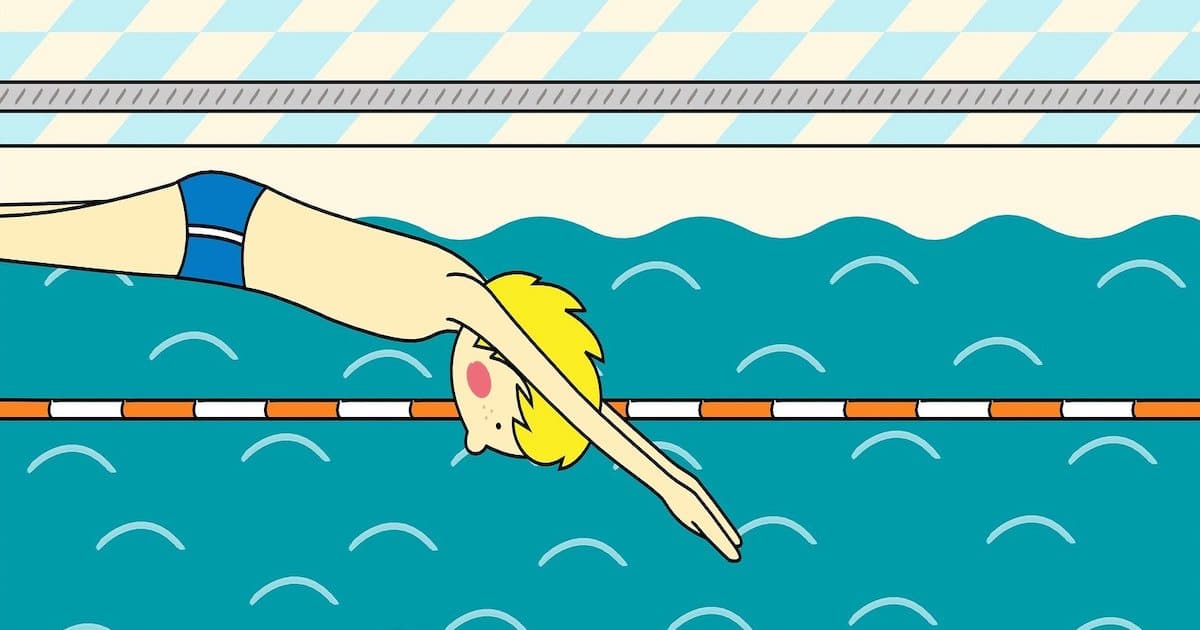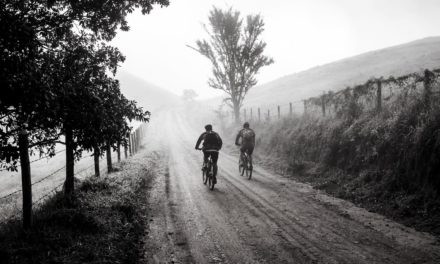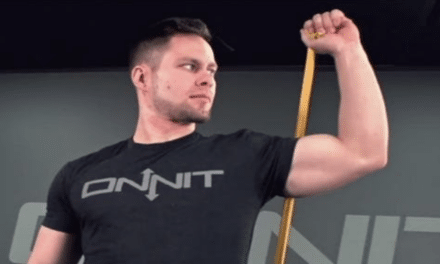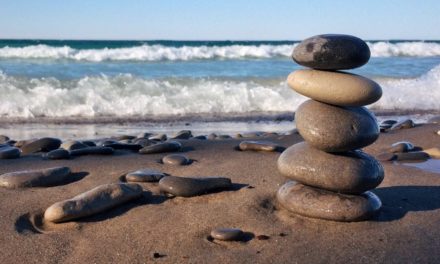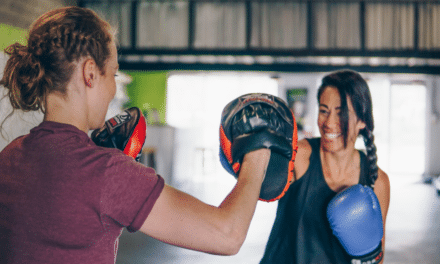You can complete thousands of exercises in the pool that only involve concentric and isometric movements save for muscular dystrophy individuals. Since I practically live in my pool and occasionally swim at my gym, I have utilized these exercises in addition to working to enhance muscle gain. In this post, I will explain some creative movements that are amazing at improving your overall muscle health and fitness.
The first thing I want to discuss is the use of a pull buoy. The Global Triathlon Network created a video titled “How To Swim With A Pull Buoy | Improve Your Freestyle,” discussing how to use a Pull Buoy and the various reasons behind the device’s use. A Pull Buoy is held between the thighs (somewhat using thigh strength), keeps the leg and hips afloat, and restricts the leg’s movement. By keeping the legs floating, your legs do not drag in the water, and you can focus on arm movements to propel the body through the water. This enables people to focus on increasing the core, arms, shoulders, and back strength.
The next great device that works well is the kickboard. You can do numerous things with the kickboard, but I will focus on the exercises to isolate the lower body and core. A Wiki How Page on “How to Use a Kickboard” gives a guide as to how you should use a kickboard for the legs. You could either rest your chest on the kickboard, extend the kickboard out in front of you at about 3⁄4 of your forearm (and do the same breathing movements as you would in freestyle), extend the board in front of you, and have your elbows leaning on the end, or flip onto your back and hold it with your chest. I enjoy doing backstroke kicks, freestyle kicks, or breaststroke kicks for about 5-20 minutes with the kickboard. You want to focus on kicking as hard as you can. You could also hold onto the edge of the pool and kick without a board if that suits you more.
Popsugar fitness made a video on exercises to improve core and oblique strength called “Get Flat Abs With This Pool Workout | Class FitSugar.” The first exercise is the jump and hip twist, which involves jumping in the water with your toes and twisting the hip to the right and left. The second exercise is a straight leg kick, and to perform this, you keep the leg straight and aim for the opposite hand going as high as you can go. The third exercise, tuck jump, requires you to start on the balls of your feet and jump while drawing the knees towards the chest.
The fourth exercise is the trunk rotation, which starts with your hands together straight in front of you, and then you use your obliques and core to rotate your arms from left to right. The fifth exercise is called the Karaoke; however, I have difficulty explaining it. The exercise works the hips and core in a cardio-based movement. The final exercise is the poolside hip lift, and you will want to sit by the pool with your legs in the water. You will then use your arms to lift your lower body off the ground for 5-45 seconds. To limit the eccentric movement, you want to rapidly push up from the ground and quickly come down after holding the position.
There are many leg exercises that a video named “50 Pool Exercises | Choices Coach | Sarah Moser” portrays accurately. She gives visual aids and guidance on completing the incredibly useful movements. Some simple exercises are jogging, punching, jumping jacks, high knee running, jumping, and sidestepping in the pool. More chest exercises include Chest Press and Reverse Flys, Core Sweeps, Pistons, Standing Rows (using water resistance instead of rubber bands), and the Lateral Shoulder Raise (once again using water resistance).
As you can, there are vast exercises you can complete in the pool, giving you so many options. I encourage your creativity to discover/create exercises you can complete in the water. The good thing about the pool is that gravity does not weigh down as much on your body, leading to excessive muscle damage. The water resistance ensures that you perform concentric and isometric movements that muscular dystrophy patients need to work on their muscles to some degree. The pool is my lifesaver and has given me many opportunities to create exercises, swim, and work on my body.

